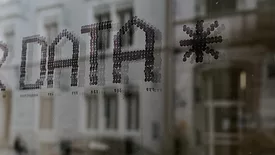Home » Keywords: » storage solutions
Items Tagged with 'storage solutions'
ARTICLES
Sponsored Content
Decreasing Networking and Storage Costs of Your IP Video Surveillance System
February 19, 2018
Choosing the Right Video Recording Technology for Your Enterprise
Ignore the acronyms -- Use these five areas of comparison to shop smarter for video recording tools.
November 5, 2013
Sign-up to receive top management & result-driven techniques in the industry.
Join over 20,000+ industry leaders who receive our premium content.
SIGN UP TODAY!Copyright ©2025. All Rights Reserved BNP Media.
Design, CMS, Hosting & Web Development :: ePublishing
.webp?height=168&t=1685036802&width=275)








